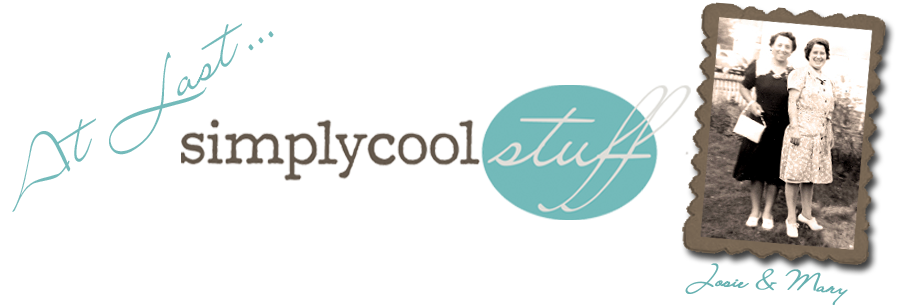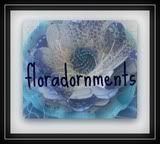


Yellowware is a buff colored clay produced in England and Scotland in the 16th and 17th C. Pieces were made in America before the Revolutionary Ware (1775-1783) as a transition from redware (porous terra cotta earthenware). Yellowware was less expensive to make and more durable due to lower levels of iron which vitrifies at higher firing temperatures. By the late 1800's yellowware was present throughout New England as the clay was abundant along the Northeast and Ohio Valley Riverbanks of NY, NJ, and PA. Although these clay deposits were not plentiful in CT, the demand forced potters to supply yellow clays to all parts of New England. Potteries included the Goodwin Brothers (Hartford, CT), Asa Hill and LV Wheeler (Norwich Pottery Works), Chase Chamberlain Sutenburg, Sidney Risely, Noad and George Day, Smith Pottery, and Roseville Pottery (OH). Bennington Pottery (VT) still produces yellow ware to this day. Kitchen items such as crocks, bowls, plates and cups were made plain or hand decorated with a single band of white, blue or brown, or were spattered. The yellow color can range from corn yellow to dark mustard. Diameters of yellow ware bowls range from a diminutive 3" to a substantial 18" with early pieces made by hand and thrown on a potters wheel. PIeces made after the mid 1800's were manufactured in molds which afforded more decorative elements including slip banding, geometric, floral and scenic motifs. Yellowware was very popular in kitchens of the 19th C to early 20th C, with millions of bowls produced between 1850 - 1930. Signed pieces account for only 5% of all yellow ware and subsequently are worth about 25% more. To verify authenticity the piece must have a clear glaze over the yellow clay base, NOT a yellow glaze. Mold marks and designs indicate the age of a piece. Rims of bowls made in the 1800's are generally rolled, with bowls from the 1900's less rounded with a wide-collared rim. The 1930's to the 1940's brought an end to the popularity of this type of pottery, as tastes changed and the preferences turned to white.
The glaze on all pieces of yellowware contains lead, therefore it is important not to store food in it and avoid using chipped pieces for food preparation. To own a bowl or two of lovely yellowware will most certainly grace your kitchen with pizazz and history, and makes for an interesting display. Pieces are fairly abundant and most affordable.
Enjoy the hunt!
















1 comment:
Good job at describing yellow Ware!
Post a Comment